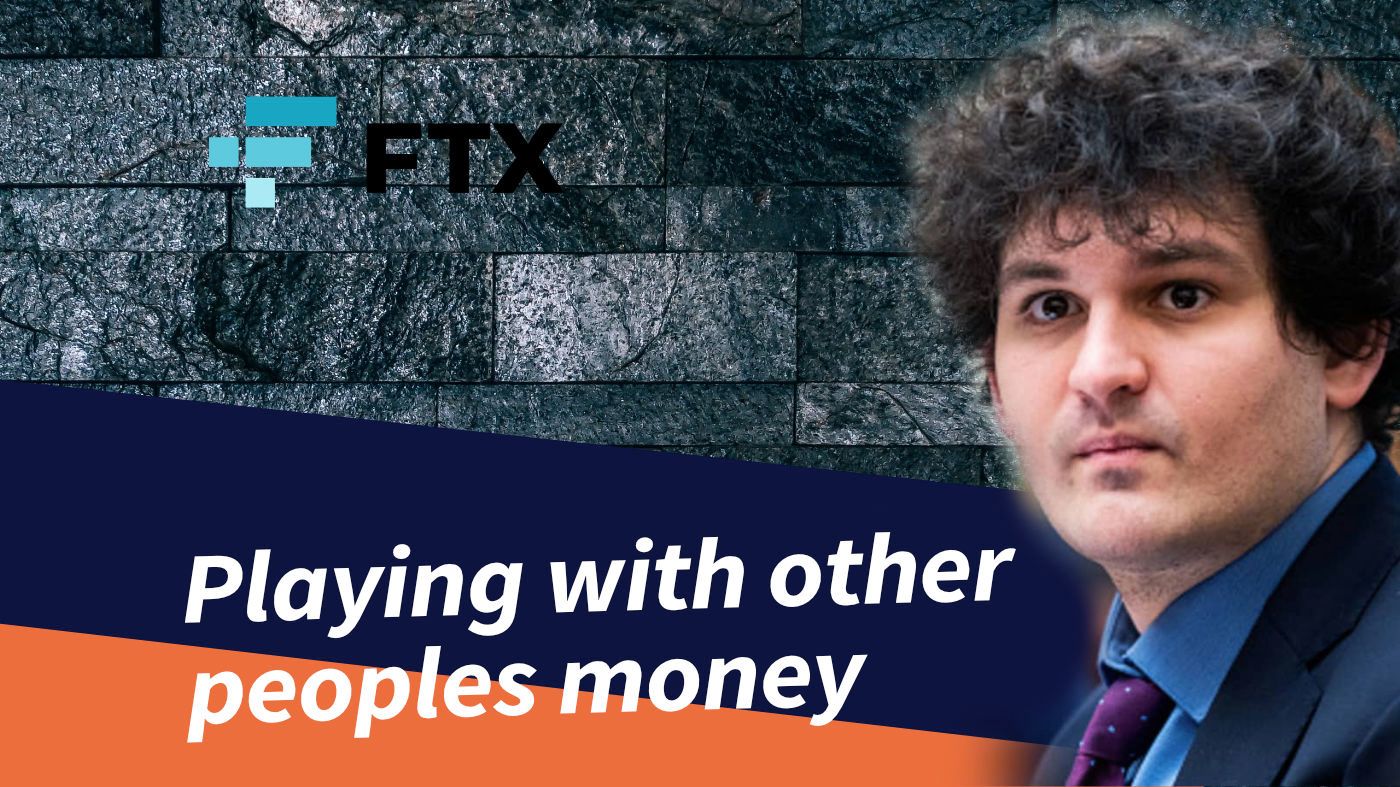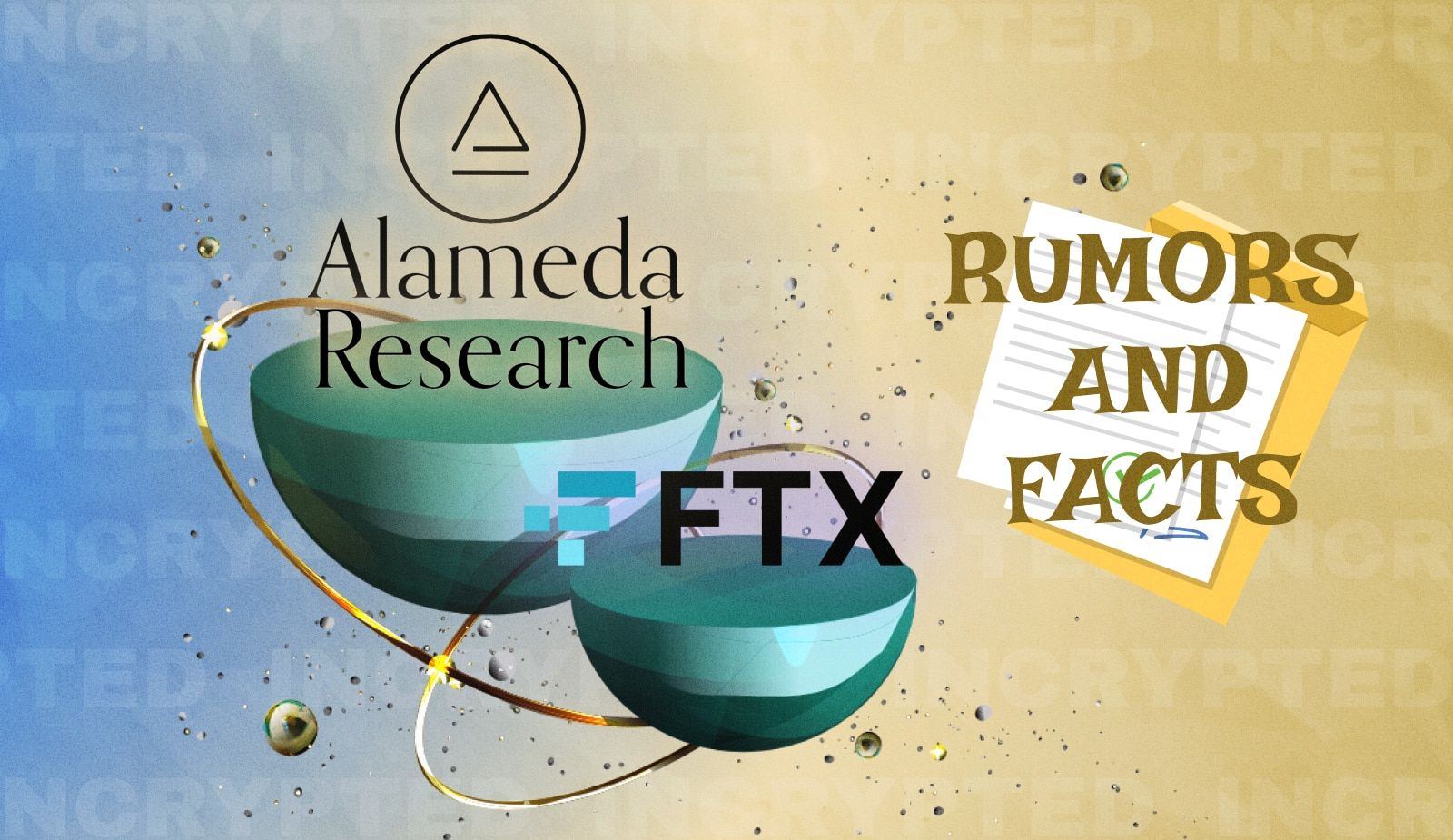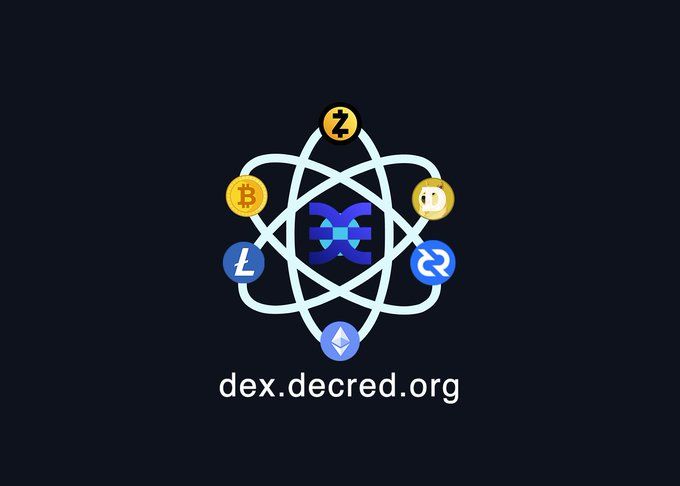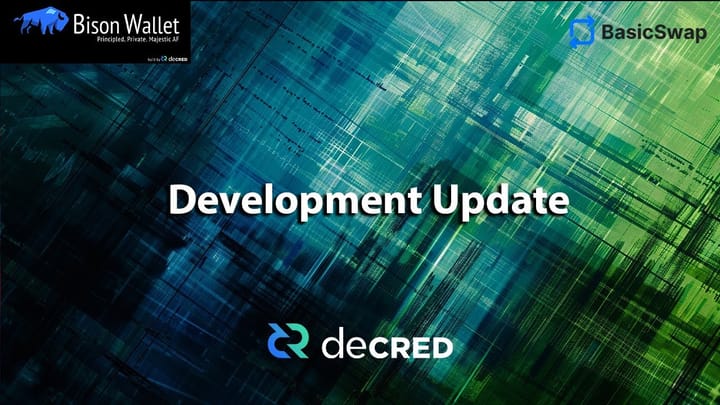FTX - Playing with other peoples money
The saga of FTX, Sam Bankman-Fried and Alameda Research has taken many turns this past week. We’ve seen a series of events where FTX customers have been denied access to their funds and ultimately a report of these funds being depleted.


It’s a storyline you couldn’t write, let alone comprehend, but how did we get here? Jake Yocom-Piatt @behindtext reflects on the historic context and the issues with trusting custodial exchanges.
Past, present and future
I’ve been reading the many "conspiracy theories", i.e. minority narratives, re Sam Bankman-Fried (SBF) / FTX / Alameda Research (AR), and there are some interesting takes for sure. I’m rarely one to pour cold water on a good minority narrative, but here are some things I see people overlooking.
First, consider that Alameda Research was founded in sept 2017 during the 2017 cryptocurrency bull market. The 2017 market was mostly junk assets, so Alameda Research cut their teeth as a market maker (mm) for junk assets. This is code for pumping (and dumping) and creating a mirage of liquidity. In a bull market, it’s commonplace for poor investors to come off looking like geniuses because all anyone sees is gains, not what generated them. Repeatedly doing market making and pumping and dumping junk assets is very good money, provided you dump on retail.
So, after doing this for about 1-2 years, Alameda Research has established a track record for successful market making and pumping and dumping operations. With this track record, Sam Bankman-Fried (SBF) can go to investors to raise capital for FTX, which was founded in May 2019.

Why would SBF open an exchange though?
From the perspective of a market maker, having your own centralized exchange (cex) facilitates two things: streamlining pump and dump operations and access to customer assets. This means Alameda Research could pay less in trading fees, front-running, and conceal their activities via the FTX exchange. Alameda Research would be the single largest customer of FTX, providing "liquidity" and making it easier to sell FTX as an investment.
Customer assets allowed FTX to leverage up with their existing Alameda Research pump and dump operations via loans to FTX and (illegal?) transfers of funds to Alameda Research. SBF and his crew made a very serious error with their aggregate pump and dump operation, which is to always complete the dump. FTX and Alameda Research clearly accumulated a balance sheet of illiquid junk by merit of not following through on the dumping leg of the pump and dump.
Why would they not complete all their dumps?
Since their ability to get loans and customer deposits depended on a track record of success, any failed pump and dump operations would undermine that track record, so they chose to accumulate assets they couldn't successfully dump.
Career short seller, @AlderLaneEggs, made some excellent points about SBF/AR/FTX in a Hedgeye interview a couple of months back – https://twitter.com/AlderLaneEggs/status/1590515053903908864
If you have not listened to anything I have said about @sbf_ftx or are new to the program at 34:40 I pick up the Pace on FTX https://t.co/Zx302nHOL2
— Marc Cohodes (@AlderLaneEggs) November 10, 2022
After some reflection, I believe I can explain some of the (good) questions he raises.
Why does SBF have no provenance / mentor?
Almost everyone who runs a CEX in the cryptocurrency domain has no mentor. The space is legitimately emergent, and I, myself, am an example. Per my prior points above, FTX is an extension of Alameda Research being a pump and dump shop, and FTX optimizes these operations.
Where did the capital come from?
Alameda Research appears to have bootstrapped during the 2017 bull run, where they likely made repeated successful pump and dump. How Alameda Research got its funding is still a good question, but it’s not as if FTX were funded in a vacuum. FTX is an extension/continuation of Alameda Research.
Why use jurisdictions Hong Kong and the Bahamas?
Anecdotally, Hong Kong is super lax with money laundering and has a large Chinese presence. The Bahamas also has a substantial Chinese presence. Keeping entities offshore makes it harder to seize/freeze assets, particularly if you're doing something illegal.
While I love a good minority narrative, a lot of what I see with SBF/AR/FTX can be explained by normal means. Despite Marc lacking the extra domain knowledge I have, regarding cryptocurrencies, he was able to ascertain that FTX was a good short via other means.
The fact that FTX continued to operate with such an illiquid balance sheet suggests they were attempting to hold out until the next bull market. Where they could dump some of their illiquid junk on retail and shore up their balance sheet. While FTX pushed the envelope with misappropriating customer assets, it is commonplace for large fiat and cryptocurrency exchanges (cex) to loan out customer assets for shorts. I expect that if you asked most asset holders if it’s OK to loan their assets out to someone shorting, they would object. Centralized exchanges loaning customer assets out for shorts is only possible when the exchange has custody of those assets. These loans often cut directly against the interests of the customers who own the assets, creating misaligned incentives.
The only ethical path forward is decentralized exchanges (DEX) because of this incentive misalignment. Exchanges should never take custody of any assets, and instead simply facilitate trades by routing messages between counterparties. This is why I proposed DCRDEX, 4 years ago, and worked with Decred’s developers to build it. Self-custody occurs via atomic swaps, orders cannot be front-run, and there is no pointless app-coin involved.

https://blog.decred.org/2018/06/05/A-New-Kind-of-DEX/

DCRDEX has been in operation for over 2 years and never had a major problem.
Contact us if you want to get a market going at http://chat.decred.org
The revolution will not be custodial. This is why I Decred!





Comments ()